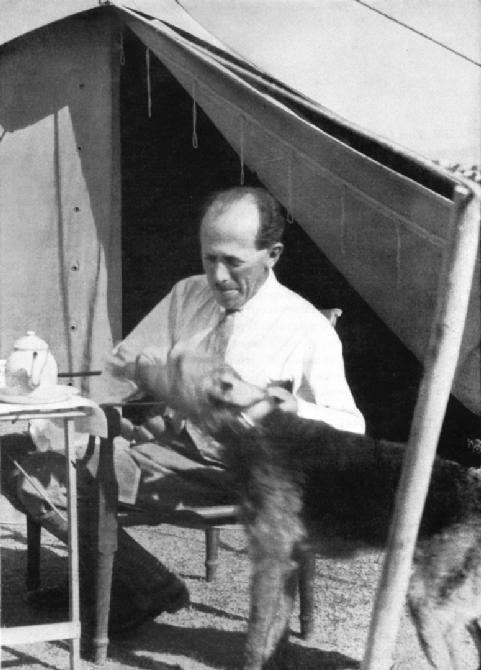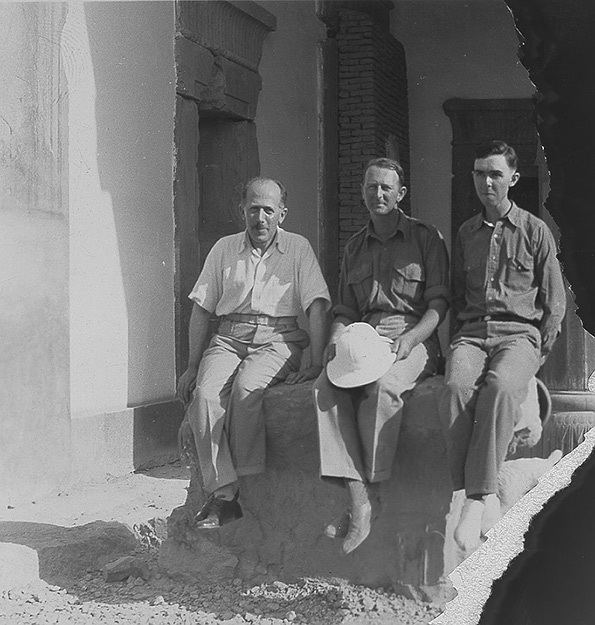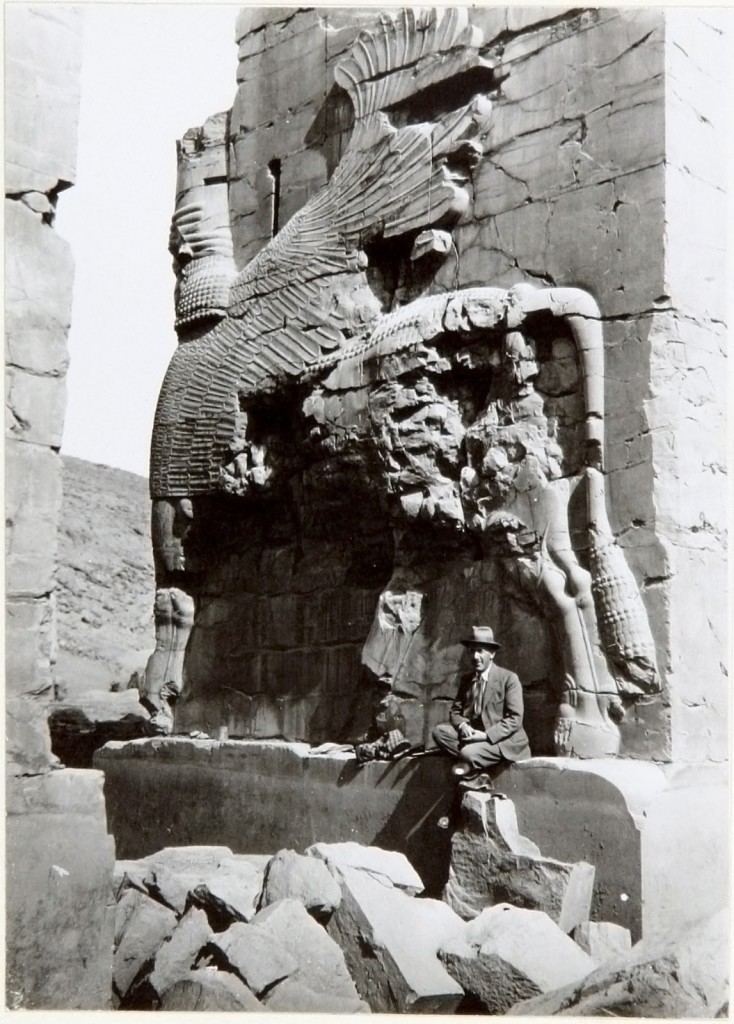Name Ernst Herzfeld | ||
 | ||
Books The Persian Empire: Studies in Geography and Ethnography of the Ancient Near East | ||
Ernst herzfeld papers collections search center
Ernst Emil Herzfeld (23 July 1879 – 20 January 1948) was a German archaeologist and Iranologist.
Contents

Life

Herzfeld was born in Celle, Province of Hanover. He studied architecture in Munich and Berlin, while also taking classes in Assyriology, ancient history and art history.
1903–05 he was assistant to Walter Andrae in the acclaimed excavations of Assur, and later traveled widely in Iraq and Iran at the beginning of the twentieth century. He surveyed and documented many historical sites in Turkey, Syria, Persia (later Iran) and most importantly in Iraq (e.g. Baghdad, Ctesiphon). At Samarra he carried out the first excavations of an Islamic period site in 1911–13. After military service during World War I he was appointed full professor of "Landes- und Altertumskunde des Orients" (approximately: Studies of the Ancient and modern Near East) in Berlin in 1920. This was the first professorship for Near/Middle Eastern archaeology in the world. 1923–25 he started explorations in Persia and described many of the countries' most important ruins for the first time. In 1925 he moved to Tehran and stayed there most of the time until 1934. He was instrumental in creating a Persian law of antiquities and excavated in the Achaemenid capitals Pasargadae and Persepolis.

He left Iran at the end of 1934 for a year in London, but never returned. In 1935, he was forced to leave his position in Germany because of his Jewish descent, and became a faculty member of the New Jersey Institute for Advanced Study from 1936 to 1944. He died in Basel, Switzerland in 1948.
Archives
The bulk of the Ernst Herzfeld Papers are housed in the archives of the Freer Gallery of Art and the Arthur M. Sackler Gallery, Smithsonian Institution, in Washington, DC. The material, some 30,000 documents include his field notebooks, photographs, drawings and object inventories from his excavations at Samarra, Persepolis, Pasargadae and elsewhere in Iran, Iraq, Turkey and Syria. The archives are open by appointment Tuesdays, Wednesdays and Thursdays, from 10 a.m. to 5 p.m. Other Herzfeld research materials, notes, photographs and drawings are at the Metropolitan Museum of Art, in the Departments of Islamic Art and Ancient Near Eastern art.
